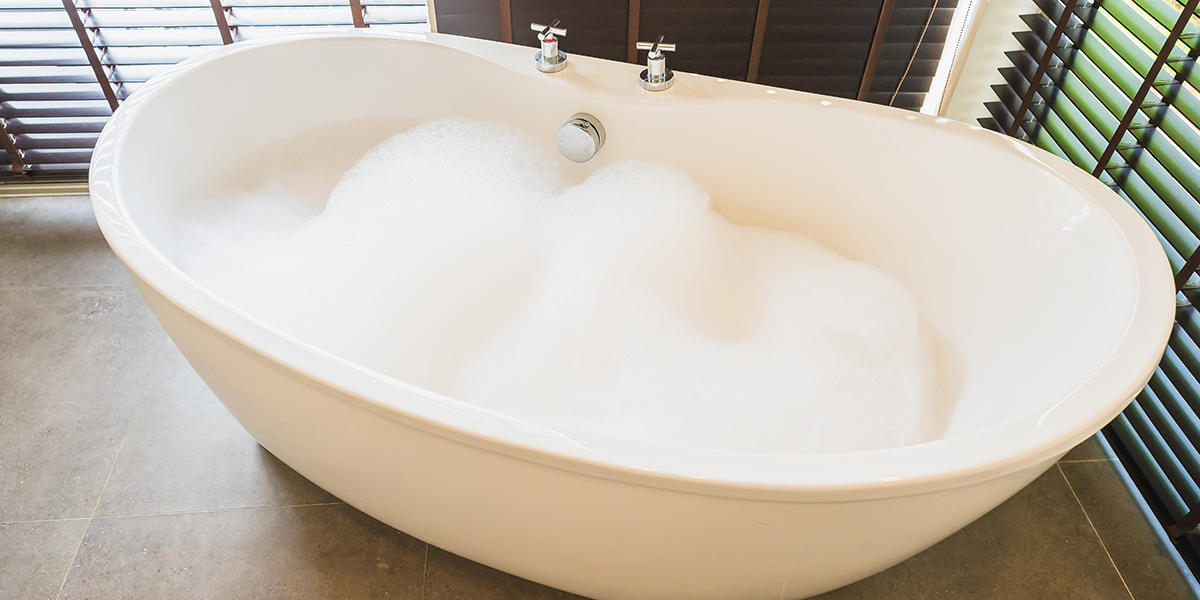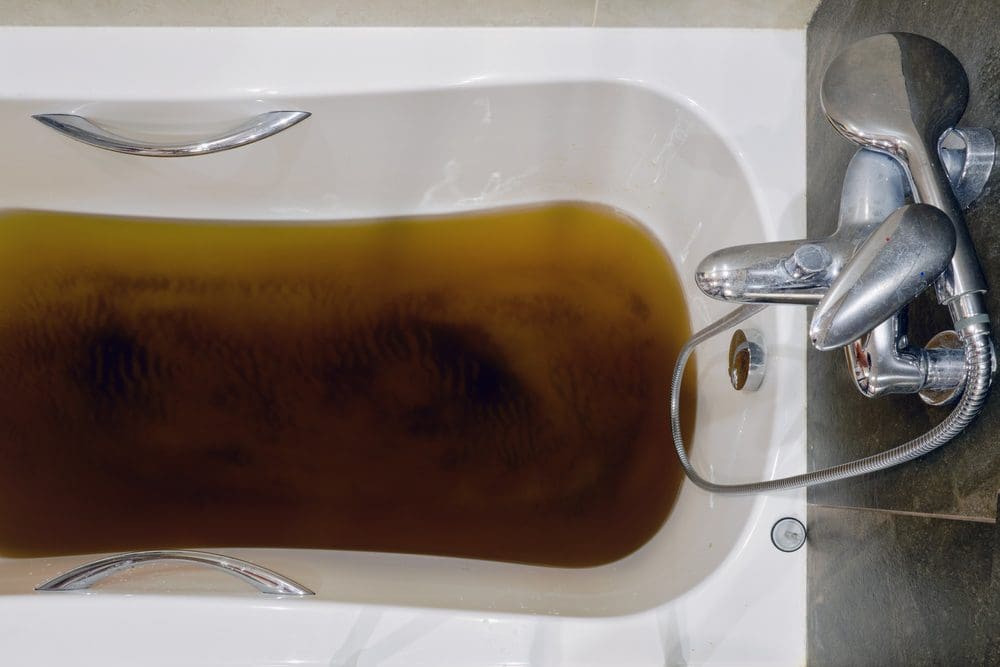We've found this article about What to Do if Sewage Starts Coming Up Through Your Bathtub down the page on the internet and concluded it made perfect sense to share it with you in this article.

Sewer back-up in the tub can be an upsetting and unhygienic trouble for any type of house owner. Not only is it inconvenient, but it additionally postures major wellness dangers and shows underlying concerns with the plumbing system. Understanding why sewage is showing up through the bathtub is crucial for taking appropriate action to attend to the trouble properly.
Introduction to the Concern
Common Reasons for Sewer Back-up
Clogs in the Drain Line
Among one of the most common sources of sewage back-up is a clog in the sewer line. This can occur due to the buildup of particles, oil, or foreign items in the pipes, stopping appropriate circulation and creating sewer to back up right into your tub.
Tree Origin Invasion
Tree roots looking for wetness and nutrients can penetrate sewer lines via small cracks or joints. Over time, these origins can grow and broaden, creating substantial damages to the pipelines and leading to sewer backup issues.
Recognizing the Trouble
When sewage starts backing up into the bath tub, it's a clear sign of an issue with the drainage system. The wastewater that should be moving far from your home is rather finding its back right into your home, which can lead to considerable damage and health hazards.
Prospective Causes
Numerous factors can contribute to sewer back-up in the bath tub. From obstructions in the sewer line to concerns with the plumbing infrastructure, recognizing the source is important for finding an option.
Aging Framework
Older homes might have dated plumbing systems that are extra prone to rust, fractures, and damage. As pipes age, they come to be more vulnerable to leakages and obstructions, boosting the probability of sewer backup events.
Heavy Rainfall or Flooding
Throughout periods of heavy rainfall or flooding, the drain system might end up being overloaded with excess water, creating back-ups and overflows. This can cause sewage supporting right into bath tubs and other components inside the home.
Indicators of Sewer Back-up
Foul Odors
Unpleasant smells originating from drains or fixtures, specifically in the restroom, might show sewage backup problems. These smells are frequently solid and persistent, signifying a problem that needs prompt attention.
Slow Draining Fixtures
Bathtubs, sinks, and toilets that drain pipes slowly or not whatsoever could be experiencing sewer backup. If several components are influenced at the same time, it's likely that the problem originates from an usual factor, such as the major sewer line.
Gurgling Sounds
Strange gurgling or bubbling noises coming from drains pipes when water is running somewhere else in the house are a measure of air caught in the plumbing system. This air accumulation can result from sewer backup and should be examined promptly.
Wellness Risks Associated with Sewer Back-up
Contamination of Supply Of Water
Sewage backup can pollute the water system in your home, presenting a severe health and wellness risk to you and your household. Exposure to contaminated water can bring about intestinal problems, skin infections, and various other illnesses.
Mold Development
Wetness from sewage backup can develop optimal problems for mold and mildew development in your home. Mold spores can aggravate respiratory system problems and cause allergic reactions in delicate individuals, making timely cleanup essential.
Spread of Condition
Sewage has harmful germs, viruses, and parasites that can cause a variety of conditions, including liver disease, cholera, and gastroenteritis. Entering contact with sewage or polluted surface areas puts you in danger of infection.
Tidying up After Sewer Back-up
Disinfection Procedures
Completely decontaminate and disinfect influenced locations after sewer backup to remove harmful bacteria and prevent mold and mildew development. Usage suitable cleansing products and safety gear to ensure secure and reliable clean-up.
Remediation of Influenced Areas
Repair any damages to flooring, walls, or fixtures caused by sewage backup. Relying on the extent of the damage, you might require to replace carpeting, drywall, or various other materials to recover your home to its pre-loss condition.
Immediate Actions to Take
Turning Off Water System
In case of sewage backup, it's essential to switch off the supply of water to avoid more contamination and damage. Locate the main water shutoff valve in your home and shut it off until the issue can be settled.
Contacting a Professional Plumber
Taking care of sewage backup is not a do it yourself job. Get in touch with an accredited plumber with experience in dealing with sewage-related issues to evaluate the scenario and do required repair services or cleanups.
Avoiding Contact with Polluted Water
Up until the sewage back-up is fixed, avoid contact with contaminated water to prevent the spread of bacteria and virus. Use protective equipment if you have to be in the afflicted area and wash your hands extensively afterward.
Safety nets
Routine Maintenance of Sewage System Lines
Schedule regular assessments and maintenance of your sewage system lines to determine and deal with potential concerns before they rise into major problems. This can include clearing out particles, checking for tree origin breach, and repairing any broken pipelines.
Setting Up Bayou Shutoffs
Consider installing backwater shutoffs in your plumbing system to avoid sewage from receding right into your home throughout periods of heavy rainfall or flooding. These valves automatically close when water starts backing up, securing your building from contamination.
Proper Disposal of Household Waste
Avoid purging anything besides bathroom tissue and human waste down the commode to stop blockages and blockages in the sewer line. Dispose of grease, oil, and other household chemicals effectively to lessen the risk of plumbing issues.
Why Is Water Backing Up in My Bathtub When I Flush My Toilet?
What to do about a sewer line clog
First, don’t bother with plunging. No amount of plunging will dislodge the clog in a sewer line. The clog is too far away. Plungers are for clogs in the toilet itself, not the sewer line. Plus, the most likely causes of a sewer clog are:
Tree roots Flushed toys or feminine products Grease buildup Those items don’t move easily. And in the case of tree roots, the roots need to be cut out of the pipe and the pipe will need to be repaired.
You’ll need a closet auger. A closet auger is a type of plumber’s snake with a protective cover to keep from scratching the delicate porcelain toilet. If the clog is further down, you may need to remove the toilet or use one of your cleanouts to get to the clog.
We also recommend doing a video inspection of the drain to ensure that the cause of the clog has been completely removed. Otherwise, you could have the same problem again in a few days or weeks.
https://mspplumbingheatingair.com/blog/why-is-water-backing-up-in-my-bathtub-when-i-flush-my-toilet

I hope you enjoyed reading our article on What to Do if Sewage Starts Coming Up Through Your Bathtub. Thanks a ton for finding the time to read through our posting. Those who enjoyed our page plz make sure you remember to pass it around. Bless you for your time. Please check our blog back soon.
This Website